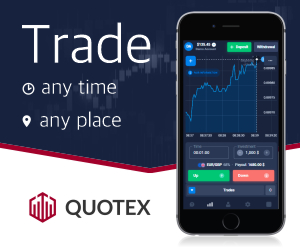Margin in Forex — Definition, Example, and How It Works
Definition
In forex trading, margin is the amount of money you must deposit with your broker to open and maintain a leveraged position. It acts as collateral to cover potential losses.
How Margin Works
Margin is not a cost or a fee. It’s simply a portion of your trading account that your broker locks in while a trade is open. The size of the margin depends on the leverage you use.
Example
Types of Margin
- Initial Margin: The amount needed to open a position.
- Maintenance Margin: The minimum balance required to keep a position open.
- Free Margin: Funds available for opening new trades.
Margin Call
A margin call occurs when your account equity falls below the maintenance margin requirement. The broker may request additional funds or close your positions to prevent further losses.
Benefits of Margin Trading
- Enables access to larger positions with less capital.
- Maximizes potential returns from small price movements.
Risks of Margin Trading
- Losses are magnified as much as profits.
- High chance of margin calls during volatile markets.
- Risk of losing your entire account balance quickly.
How to Manage Margin Effectively
- Monitor your margin level regularly.
- Keep free margin available as a buffer.
- Use stop-loss orders to limit risk.
- Avoid opening too many trades at once.
Quick FAQ
Q: Is margin the same as leverage?
A: No. Margin is the collateral, leverage is the multiplier that determines how much position you can control.
Q: What margin level should I maintain?
A: Many traders aim to keep it above 200% to avoid margin calls.




